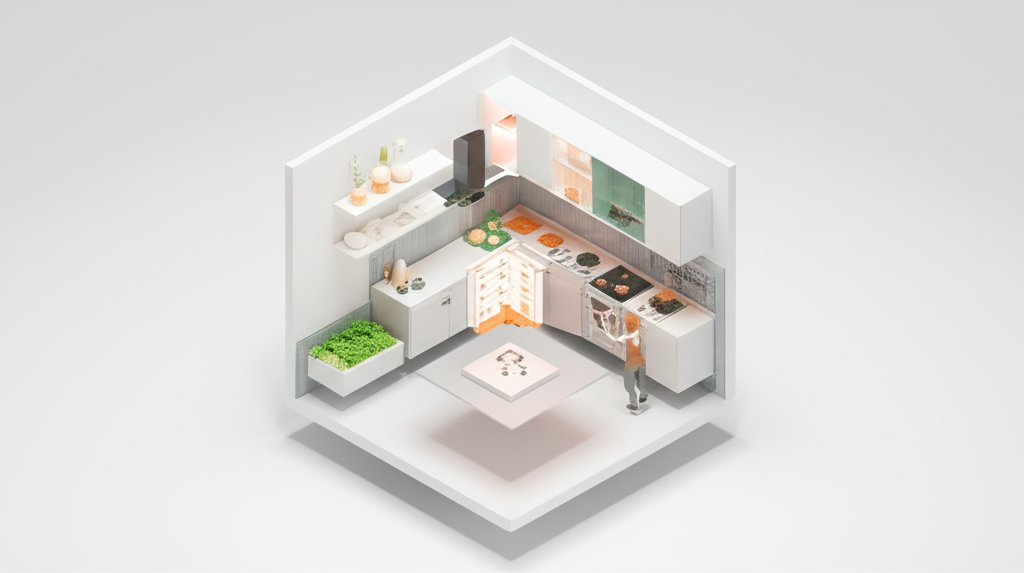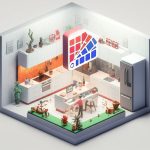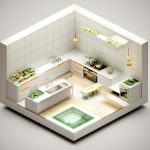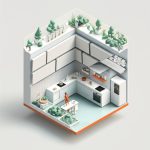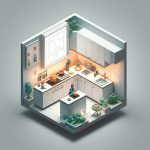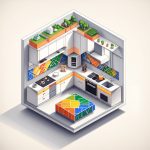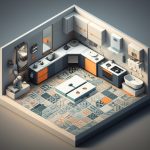Dreaming of a kitchen upgrade but dreading the demolition and hefty price tag? The answer might just be closer than you think: best quality RTA kitchen cabinets offer a perfect balance of style, durability, and affordability. But with so many options on the market, how do you choose the right ones for your needs? This guide cuts through the noise, giving you the insider scoop on making a smart investment in your kitchen’s future.
At a Glance:
- RTA (Ready-to-Assemble) Cabinets: Flat-packed, budget-friendly alternatives to custom cabinetry.
- Quality Matters: Focus on solid wood or plywood construction, not particleboard or MDF.
- Assembly is Key: Look for easy-to-follow instructions and minimal tool requirements.
- Style & Function: Choose a style that complements your home and offers ample storage solutions.
- Warranty & Support: Opt for brands with strong warranties and responsive customer service.
RTA Kitchen Cabinets: What’s the Hype About?
RTA kitchen cabinets have exploded in popularity, and for good reason. They provide a significant cost savings compared to custom or semi-custom cabinets, primarily because you handle the assembly. Think of it as the IKEA of kitchen design, but with the potential for a much more upscale look and feel. The savings can be substantial, freeing up your budget for other important elements like countertops or appliances.
But are they right for you? Consider these factors:
- Budget: RTA cabinets are generally more affordable, making them ideal for cost-conscious renovations.
- DIY Skills: While assembly is designed to be straightforward, you’ll need basic tools and a willingness to follow instructions. If you’re not handy, factor in the cost of hiring someone to assemble them.
- Timeline: RTA cabinets can be delivered quickly, but you’ll need to allocate time for assembly.
Decoding RTA Cabinet Quality: What to Look For
Not all RTA cabinets are created equal. The key to finding the best quality rta kitchen cabinets is understanding the materials and construction methods used. Here’s what to prioritize:
- Material:
- Solid Wood: The gold standard for durability and longevity. Look for options like maple, oak, or birch.
- Plywood: A layered wood product that offers excellent strength and stability. Plywood is often used for cabinet boxes.
- MDF (Medium-Density Fiberboard): Less expensive than solid wood or plywood but can be susceptible to moisture damage. Best avoided in high-moisture areas.
- Particleboard: The least expensive option but also the least durable. Typically used in budget-friendly cabinets.
- Construction:
- Dovetail Joints: Strong and visually appealing joints that interlock, providing superior strength.
- Cam Locks: A common and effective method for joining cabinet components.
- Soft-Close Hinges and Drawer Slides: These add a touch of luxury and prevent slamming.
- Finish:
- Painted Finishes: Look for multi-layer finishes that are durable and resistant to chipping.
- Stained Finishes: Choose stains that highlight the natural beauty of the wood and offer good protection.
Quicklook RTA Base Kitchen Cabinets, for example, are crafted from raw cherry wood, showcasing the beautiful grain and offering lasting durability.
Style Guide: Finding Your RTA Cabinet Aesthetic
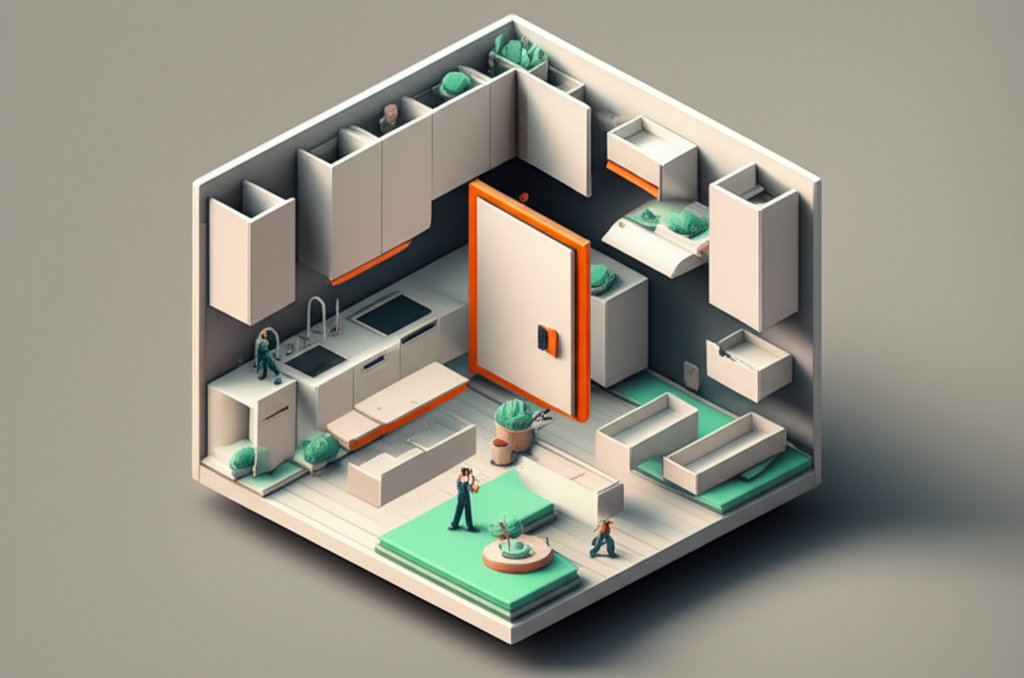
RTA cabinets come in a wide array of styles, from classic to contemporary. Here’s a look at some popular options:
- Shaker: A timeless style characterized by clean lines and a minimalist design. Shaker cabinets are incredibly versatile and can work in almost any kitchen. They are a popular choice since they complement many home designs, and Top RTA Cabinet Choices often include Shaker options.
- Flat-Panel (Slab): A modern style with smooth, unadorned doors. Flat-panel cabinets are ideal for contemporary kitchens.
- Raised-Panel: A traditional style with a raised center panel. Raised-panel cabinets add depth and dimension to your kitchen.
- Glass-Front: Cabinets with glass doors that allow you to display your dishware and accessories. Glass-front cabinets can add a touch of elegance to your kitchen.
Assembly Secrets: Making the Process a Breeze
The assembly process is where RTA cabinets truly shine (or fall flat). Here are some tips to ensure a smooth and successful installation:
- Read the Instructions: This may seem obvious, but carefully review the instructions before you start. Make sure you understand each step and have all the necessary tools.
- Inventory the Parts: Before you begin assembly, take inventory of all the parts to ensure that nothing is missing.
- Work in a Clean and Organized Space: Clear a large, flat surface where you can assemble the cabinets. Keep all the parts organized and easily accessible.
- Use the Right Tools: You’ll typically need a screwdriver, a drill, a level, and a rubber mallet.
- Don’t Overtighten Screws: Overtightening screws can damage the cabinet components. Tighten screws until they are snug but not overly tight.
- Take Your Time: Don’t rush the assembly process. Take your time and double-check each step to ensure accuracy.
- Enlist Help: If you’re assembling a large kitchen, consider enlisting the help of a friend or family member.
The Quicklock RTA system, for instance, is designed for easy assembly, allowing you to transform your kitchen space without hassle. Many RTA cabinets are Explore Natural Wood Cabinets, which can make the assembly process more enjoyable for woodworking enthusiasts.
Measuring for Success: Ensuring a Perfect Fit
Accurate measurements are crucial for ensuring that your RTA cabinets fit perfectly in your kitchen. Here’s how to measure like a pro:
- Draw a Floor Plan: Create a rough sketch of your kitchen, including all walls, doors, windows, and appliances.
- Measure Wall to Wall: Measure the length of each wall at floor level, countertop height, and ceiling height.
- Measure Door and Window Openings: Measure the width and height of all door and window openings.
- Measure Appliance Dimensions: Measure the width, height, and depth of all appliances, including the refrigerator, stove, dishwasher, and microwave.
- Account for Obstructions: Note any obstructions, such as pipes, electrical outlets, or soffits.
Once you have all the measurements, you can use them to create a detailed kitchen layout and determine the number and size of cabinets you need.
Avoiding Common RTA Cabinet Pitfalls
Even with careful planning, there are some common pitfalls to watch out for when buying RTA cabinets:
- Cheap Materials: As mentioned earlier, avoid cabinets made from particleboard or low-quality MDF.
- Poor Instructions: Look for cabinets with clear, easy-to-follow instructions.
- Missing Parts: Always check the parts list and inventory the components before you start assembling.
- Hidden Costs: Factor in the cost of assembly (if you’re hiring someone), hardware, and any necessary modifications.
- Ignoring Reviews: Before you buy, read reviews from other customers to get an idea of the cabinet’s quality and ease of assembly.
RTA Cabinet Care: Keeping Your Kitchen Sparkling
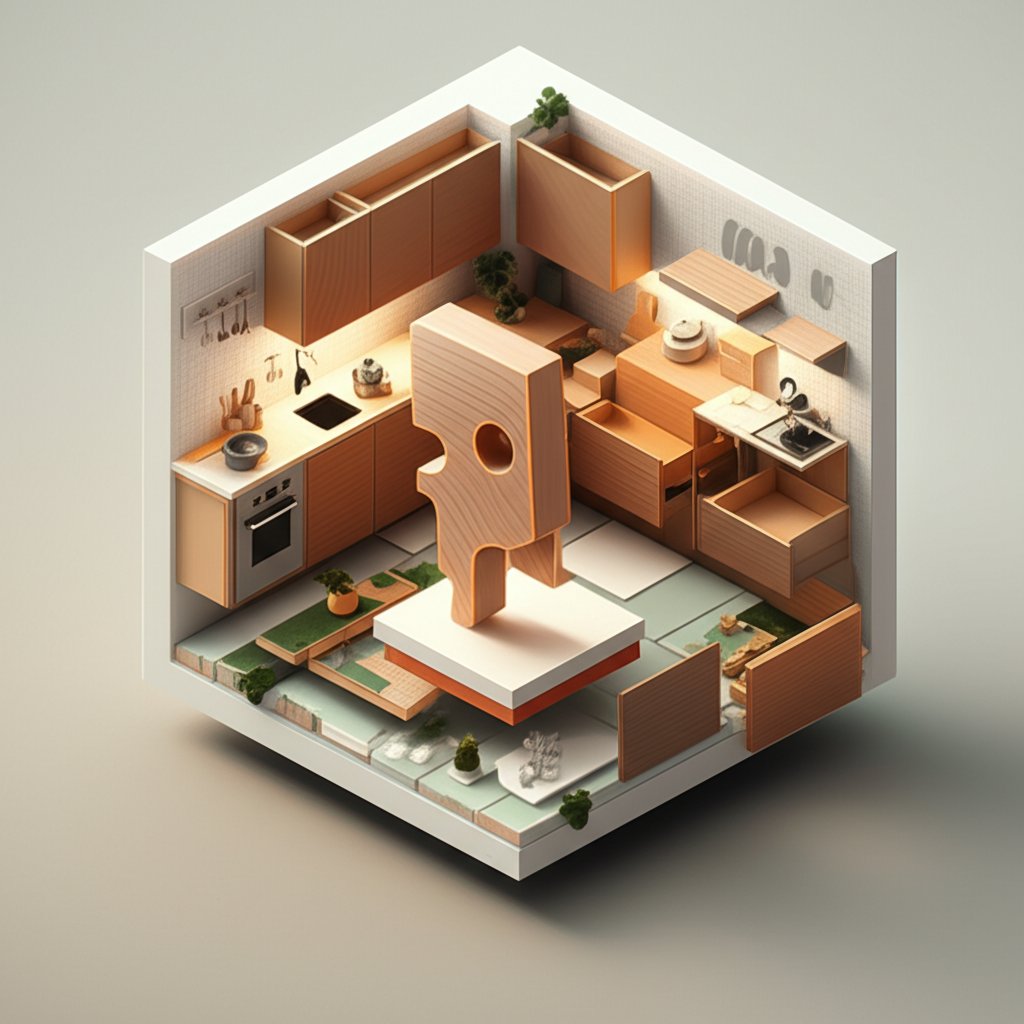
Once your RTA cabinets are installed, proper care and maintenance are essential for keeping them looking their best. Here are some tips:
- Clean Regularly: Wipe down the cabinets regularly with a damp cloth to remove dust and dirt.
- Use Mild Cleaners: Avoid using harsh chemicals or abrasive cleaners, which can damage the finish.
- Protect from Moisture: Wipe up spills immediately to prevent water damage.
- Adjust Hinges and Drawer Slides: Over time, hinges and drawer slides may loosen. Adjust them as needed to ensure smooth operation.
- Avoid Excessive Weight: Don’t overload the cabinets, as this can cause them to sag or warp.
Addressing the FAQs: RTA Cabinets Unveiled
Let’s tackle some common questions and misconceptions about RTA kitchen cabinets:
Q: Are RTA cabinets as durable as custom cabinets?
A: While custom cabinets often have higher-end construction and materials, quality RTA cabinets made from solid wood or plywood can be surprisingly durable. Look for features like dovetail joints and solid wood frames for added strength.
Q: How difficult is it to assemble RTA cabinets?
A: The difficulty level varies depending on the brand and design. However, most RTA cabinets are designed for easy assembly with clear instructions and minimal tools.
Q: Can I paint or stain RTA cabinets?
A: Yes, you can paint or stain RTA cabinets, but it’s important to properly prepare the surface first. Sand the cabinets smooth, apply a primer, and then paint or stain them according to your desired look.
Q: Are RTA cabinets a good long-term investment?
A: Yes, RTA cabinets can be a good long-term investment if you choose quality materials and assemble them properly. They offer a cost-effective way to upgrade your kitchen without sacrificing style or functionality.
Beyond the Basics: RTA Cabinet Brands to Watch
While this article provides general guidance, specific brands stand out in the RTA cabinet market.
- Quicklock RTA: Known for their easy assembly and stylish designs.
- Lily Ann Cabinets: Offers a wide selection of styles and finishes, with a focus on affordability.
- CliqStudios: Provides high-quality RTA cabinets with a focus on design and customization.
Always research and compare brands to find the best fit for your needs and budget.
Making the Right Choice: Your RTA Cabinet Checklist
Choosing the best quality RTA kitchen cabinets involves careful consideration of your budget, style preferences, and DIY skills. By following the tips and advice in this guide, you can make an informed decision and create a kitchen that you’ll love for years to come. Remember to prioritize quality materials, easy assembly, and reliable customer service. The Quicklock RTA 36 Tall Wall Kitchen Cabinets, constructed with 100% hardwood, ensure durability and longevity in your kitchen space. Solid Wood RTA Base Cabinets with 2 Drawers in Shaker Style offer a versatile storage solution for kitchens, dining areas, or bathrooms, or any room needing organization. These cabinets are designed to accommodate a variety of items while maintaining an elegant appearance.
- Backsplash Colors for White Cabinets: Find Your Perfect Match - November 19, 2025
- Backsplash Ideas for White Cabinets: Find Your Perfect Style - November 18, 2025
- White Tile Backsplash Kitchen: A Classic and Clean Design - November 17, 2025
